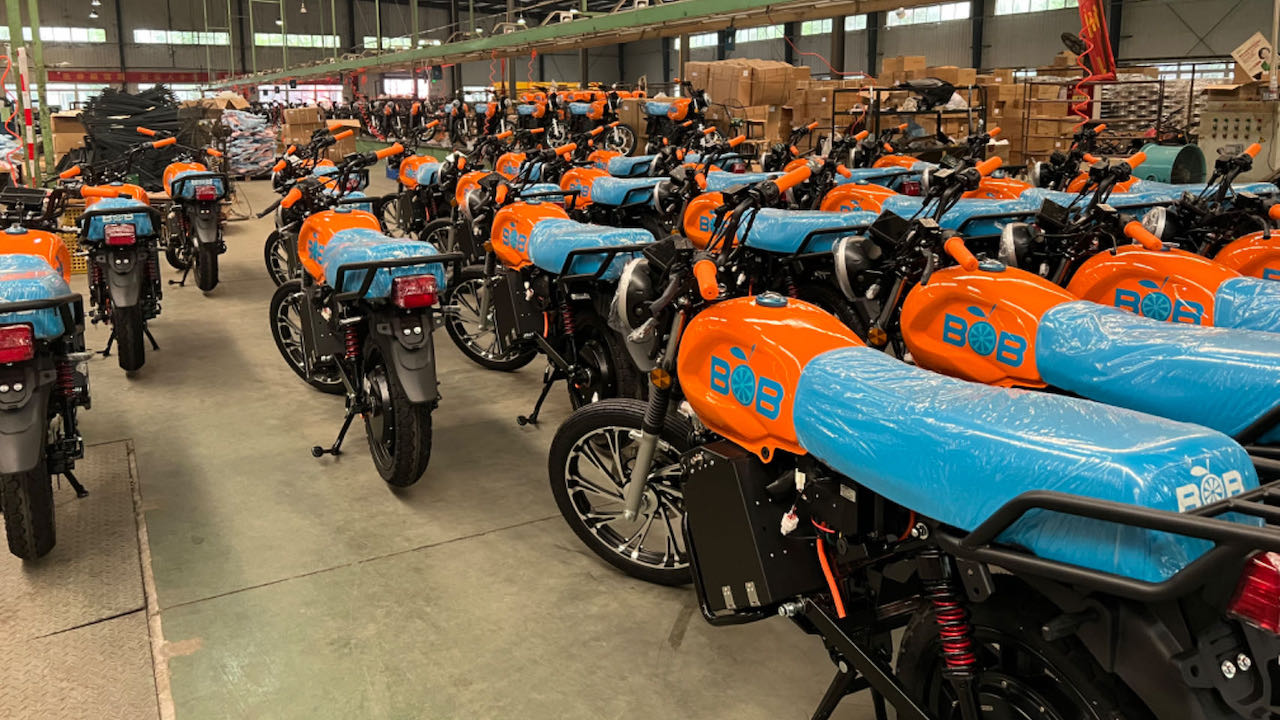Follow Us
The Rise of EV Two-Wheelers in Southeast Asia

The global shift towards sustainable energy solutions is reshaping various industries, and Southeast Asia is no exception. Among the most significant changes is the rise of electric vehicles (EVs), particularly two-wheelers. With over 200 million vehicles in the region needing replacement with electric ones, the demand for EV two-wheelers is skyrocketing. This shift not only reflects growing environmental awareness but also underscores the region's commitment to sustainable urban mobility.
EV Demand in Southeast Asia
Southeast Asia, comprising countries like Indonesia, Thailand, Vietnam, and the Philippines, is home to a vast population heavily reliant on two-wheelers for daily commuting. The region's urban centers are often characterized by dense traffic and significant pollution levels, prompting a critical need for cleaner transportation solutions. As a result, the demand for EV two-wheelers is surging.
According to recent studies, the total number of vehicles in Southeast Asia exceeds 200 million, with a significant portion being two-wheelers. These vehicles contribute substantially to air pollution and greenhouse gas emissions. Transitioning this massive fleet to electric vehicles could drastically reduce environmental impact, improve public health, and align with global sustainability goals.
The Future of the EV Two-Wheeler Industry and Projections in Southeast Asia
The future of the EV two-wheeler industry in Southeast Asia looks promising, with substantial growth projected over the next decade. Governments in the region are increasingly implementing policies to encourage the adoption of electric vehicles. These policies include tax incentives, subsidies, and the development of necessary infrastructure, such as charging stations.
Market analysts predict that the EV two-wheeler market in Southeast Asia will grow at a compound annual growth rate (CAGR) of over 20% in the coming years. This growth is driven by several factors, including technological advancements in battery efficiency, decreasing costs of EVs, and rising fuel prices. Additionally, increasing consumer awareness about the environmental benefits of EVs and the potential for long-term cost savings are contributing to the market's expansion.
Challenges and Opportunities for Disruption
Despite the positive outlook, the EV two-wheeler industry in Southeast Asia faces several challenges. One of the primary obstacles is the lack of adequate charging infrastructure. While urban areas are beginning to see more charging stations, rural regions still lack the necessary facilities to support widespread EV adoption. Addressing this issue requires significant investment from both public and private sectors.
Another challenge is the initial cost of EVs. Although the long-term savings from reduced fuel and maintenance costs are substantial, the higher upfront cost of electric two-wheelers compared to traditional internal combustion engine (ICE) vehicles can deter potential buyers. Governments can play a crucial role here by providing financial incentives and subsidies to lower the effective cost for consumers.
Battery technology is also a critical area of focus. The development of more efficient, longer-lasting, and quicker-charging batteries is essential to make EVs more practical and appealing to consumers. Advances in battery technology will also help reduce costs, making EVs more competitive with traditional vehicles.
However, these challenges present significant opportunities for disruption. The growing interest in sustainable transport has spurred innovation and investment in the EV sector. Startups and established companies alike are exploring new business models, such as battery swapping stations and subscription-based services, to make EV ownership more convenient and affordable.
Moreover, the integration of smart technology and IoT in EVs offers exciting possibilities for enhancing user experience. Features like real-time battery monitoring, predictive maintenance, and connectivity with smart city infrastructure can provide added value to consumers and differentiate EVs from traditional vehicles.
Conclusion
The rise of EV two-wheelers in Southeast Asia is an exciting development with the potential to transform urban mobility and significantly reduce environmental impact. While the industry faces challenges related to infrastructure, cost, and technology, the opportunities for innovation and growth are immense. With strong government support, technological advancements, and increasing consumer awareness, the EV two-wheeler market in Southeast Asia is poised for a bright future. As the region moves towards a more sustainable future, electric two-wheelers will undoubtedly play a crucial role in shaping the landscape of urban transportation.
More Articles
Press Inquiries.
The Press-team is available to answer request for information,interviews, filmmaking request and contacts with BoB and its affiliates



